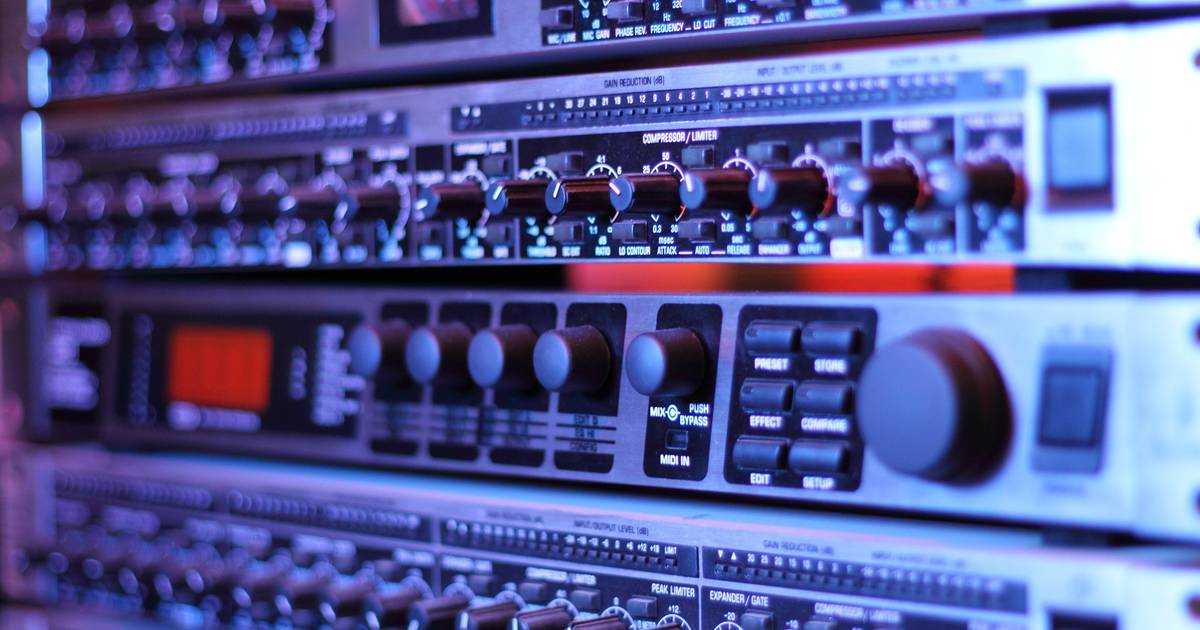Noise Cancellation technology has come a long way since its inception in the 1930s. The first patent on the subject, the process of silencing sound oscillations, was filed by Paul Leug in 1934 and awarded in 1936. The first working prototype of Noise Cancellation was headphones launched in 1989. Since then, researchers and engineers have worked on Noise Cancellation for hardware-specific and post-production using traditional digital signaling processes (DSP). Recent advances have proven that deep learning generates better results than traditional methods.
What Does Noise Cancellation Do?
The primary function of Noise Cancellation is to reduce unwanted noise. Noise Cancellation improves speech intelligibility in communication systems by enhancing speech and removing background noise. It is also helpful in physical environments where it can be distracting, such as offices, homes, and public places. Noise Cancellation can improve productivity, focus, and concentration.
How Does a Noise Cancellation System Work?
Not every noise cancellation system works the same way. Noise Cancellation Software using machine learning, like Koala Noise Suppression, labels noise, and voice. Then, it removes the noise from the voice and preserves only the voice. Hardware-centric noise cancellation systems rely on microphones. Let’s take phones as an example. They include two or more mics. One is close to the user’s mouth to capture the voice directly. The rest are far from it to capture the sounds in the environment. Then software detects sound waves with incoming noise, then creates sound waves that correspond to the sounds in the environment to cancel them out, leaving a clear voice.
The hardware-dependent “two or more microphone method” is expensive and does not work for all. For example, laptops, wearables, dashcams, or smart speakers by design cannot benefit from it. Software product owners, such as virtual meeting platforms, cannot control hardware.
Hardware-dependent Noise Cancellation
Active Noise Cancellation
Active Noise Cancellation (ANC) uses a dedicated circuitry that produces sound waves that cancel out incoming noise. In plain English, Active Noise Cancellation detects the sounds in the environment and generates sound waves as a response in order to cancel them out.
Let’s say the sound wave magnitude in the environment is +x. ANC adds -x and neutralizes it. Noise-canceling headphones use Active Noise Cancellation. A dedicated circuitry (a microphone located outside the headphones) detects the external noise in the environment without intervening with the incoming sounds. Thus, listeners only hear what they want without external noise.
Passive Noise Cancellation
Passive Noise Cancellation, sound isolation, or noise isolation, refers to a physical barrier to block out noise. Noise-reducing headphones such as in-ear types made up of foam to make a seal with the ear canal or over-the-ear ones with acoustic padding to make a seal with the outer ears, earplugs, and soundproofing walls are examples of Passive Noise Cancellation.
Ambient Noise Cancellation
Ambient noise cancellation is a hybrid of Active and Passive Noise Cancellation. It combines sound isolation with ANC circuitry to cancel out ambient noise. Think of AirPods Pro: it has acoustic padding that uses Passive Noise Cancellation, and dedicated circuitry uses Active Noise Cancellation.
Adaptive Active Noise Cancellation
Adaptive Active Noise Cancellation is a type of Active Noise Cancellation, as the name suggests. Active Noise Cancellation works best for stationary noise, which is constant and predictable, such as the hum of an air conditioning unit. Adaptive Active Noise Cancellation uses advanced algorithms to adjust and ensure optimal audio fidelity, producing better results.







